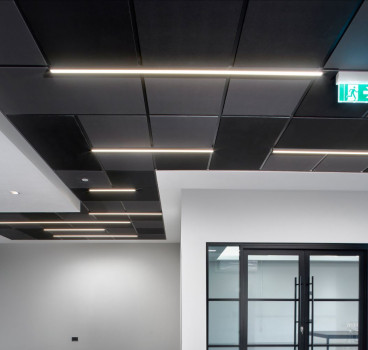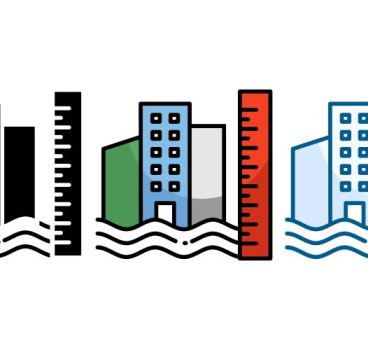The environmental impact of new construction and what it means for the industry’s future
New construction is a driving force in modern development but also brings undeniable environmental challenges. As a construction professional, you should understand these projects’ impact and explore more sustainable alternatives to give yourself a competitive advantage in a changing industry.
The Environmental Toll of New Construction
New builds are often resource-heavy and waste-generating, contributing significantly to climate change and environmental degradation. Before starting a new build, consider how construction adversely affects our planet.
- High carbon emissions: The construction sector is responsible for about 37% of global greenhouse gas emissions, primarily due to the energy-intensive production of materials like cement and steel.
- Resource depletion: New construction consumes large volumes of natural resources, such as timber, metals and water, leading to deforestation, habitat destruction and biodiversity loss.
- Waste generation: In 2023, the U.S. alone produced about 600 million tons of construction and demolition waste.
Implications for the industry's future
The construction industry will face new pressures as its environmental impact becomes impossible to ignore. Here’s what that means for you and your team.
- Regulatory changes: Federal and local governments will continue adopting stricter environmental codes and sustainability incentives.
- Market demand: More clients and developers are prioritizing green buildings and certifications like LEED, reshaping project goals and expectations.
- Innovation opportunities: The demand for sustainability will fuel advancements in eco-friendly materials, modular design and low-impact construction technologies.
Embracing adaptive reuse
One of the most promising strategies for reducing environmental harm is adaptive reuse — repurposing existing buildings to give them new lives. Despite its imperfections, it offers significant environmental and economic advantages.
- Environmental conservation: Reusing structures reduces the need for raw materials and keeps construction debris out of landfills.
- Cultural preservation: Maintaining historic or community-focused buildings preserves a sense of place and identity.
- Faster project timelines: Working with existing structures may let you skip time-consuming phases like land acquisition, new construction permitting and utility setup.
- Cost efficiency: Adaptive reuse often saves time and money by preserving existing foundations and materials.
- Reduced urban sprawl: Reusing structures within existing urban areas curbs sprawl by reinvesting in established neighborhoods and infrastructure.
- Improved community engagement: Adaptive reuse projects often strengthen local identity and increase public support, especially when transforming underused or abandoned buildings into community assets.
Adaptive Reuse Challenges to Consider
While adaptive reuse is more sustainable, it’s not always simple. Here are a few drawbacks to weigh.
- Design constraints: Working within an existing structure can limit your design flexibility, requiring creative workarounds.
- Structural limitations: Older buildings may require costly retrofitting or reinforcements to meet modern safety codes and efficiency standards.
- Insurance and lending barriers: Financing can be more complicated due to perceived risks by lenders or insurers unfamiliar with the unique nature of reuse projects.
Building a More Sustainable Tomorrow
As part of the construction industry, you shape a more sustainable future. Recognizing the impact of traditional new builds and embracing alternatives like adaptive reuse benefits the planet and is becoming a competitive necessity. Make conscious choices today to position your projects for long-term success in a greener world.
Additional Blogs

When fire breaks out who really knows the system
The story that caught my attention recently wasn’t about fire growth or building loss, it was about confusion. Specifically, the confusion faced by the fire service when arriving at buildings...
Read moreThe design and development of Nexus Layouts
When Zentia set out to rethink the suspended ceiling, the brief was clear: deliver greater creative freedom for designers, more distinctive visual identity for clients, and a solution that could keep...
Read more

The 100-year construction project or why longevity Is the new sustainability
For decades, the construction sector has defined sustainability through metrics such as operational energy, embodied carbon, material efficiency and circularity. These measures remain vital, but a...
Read more